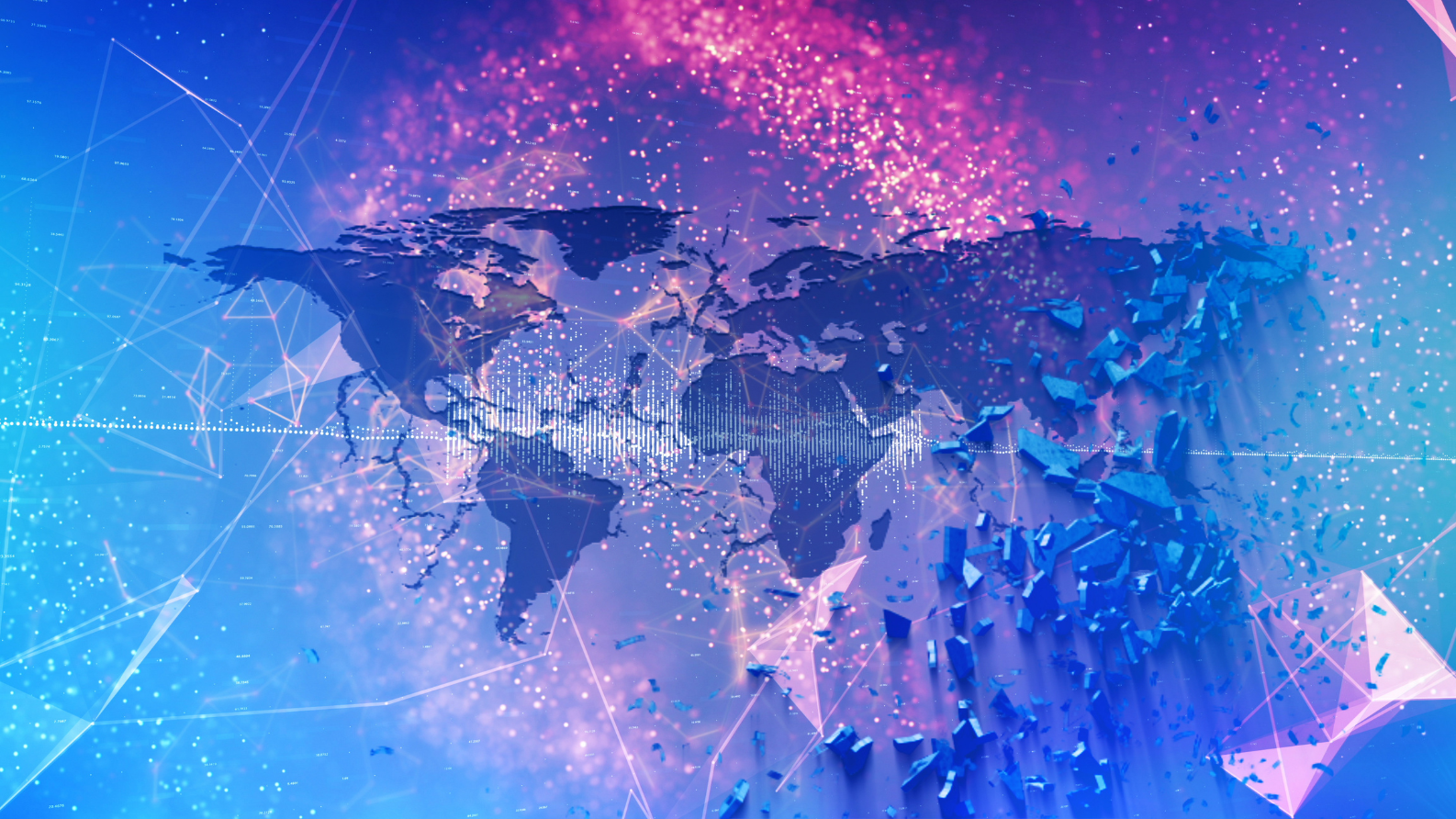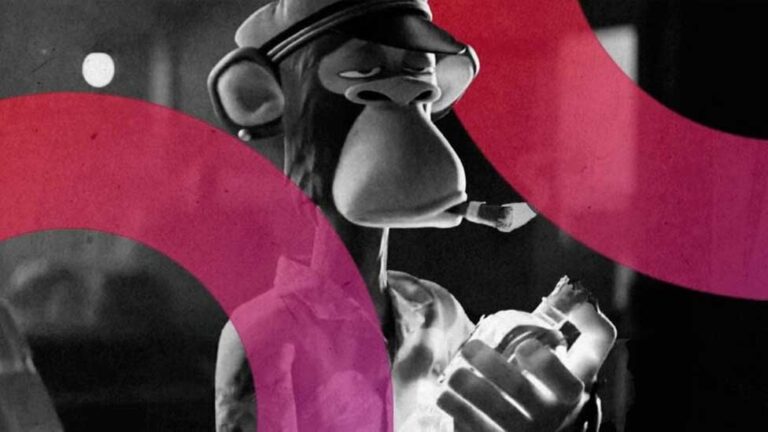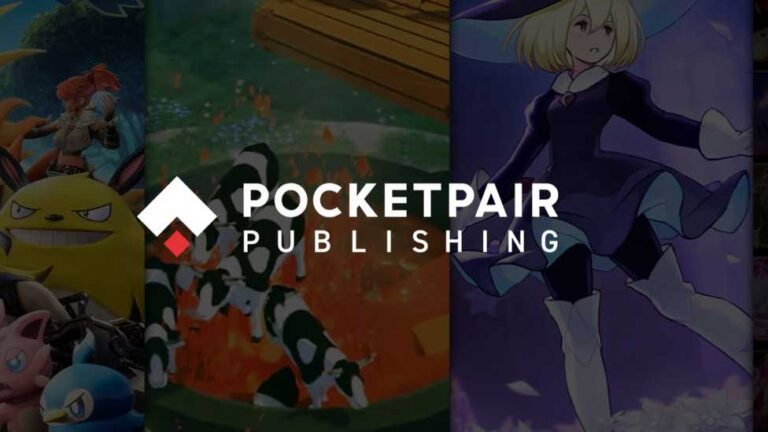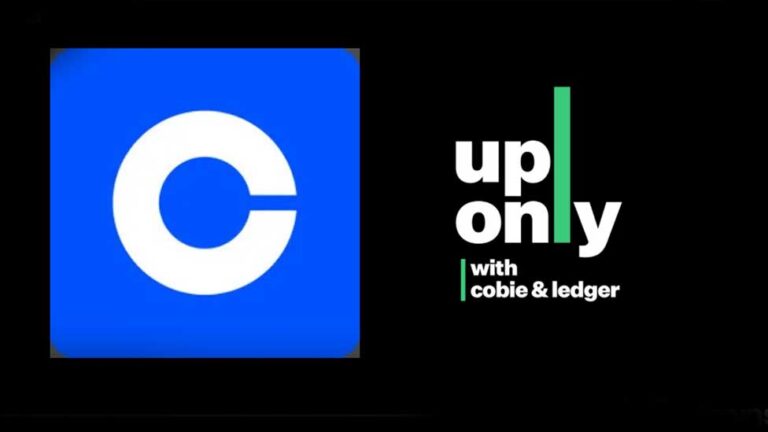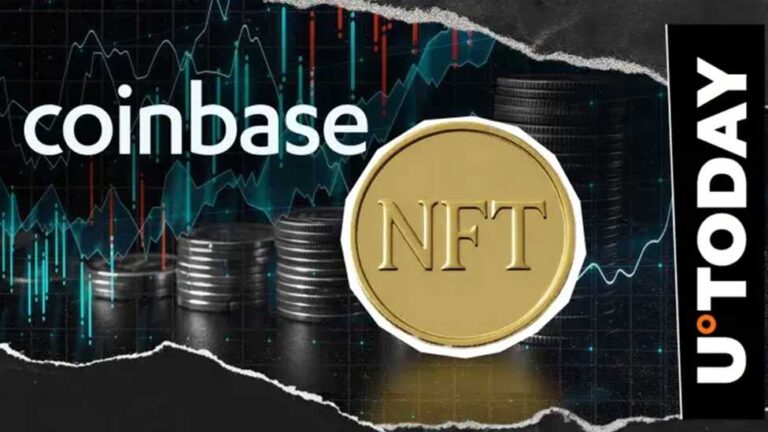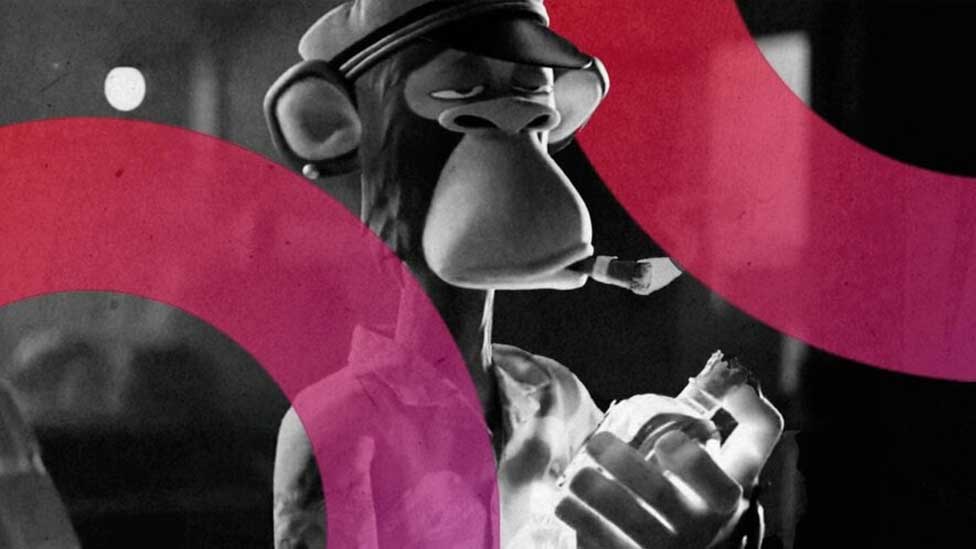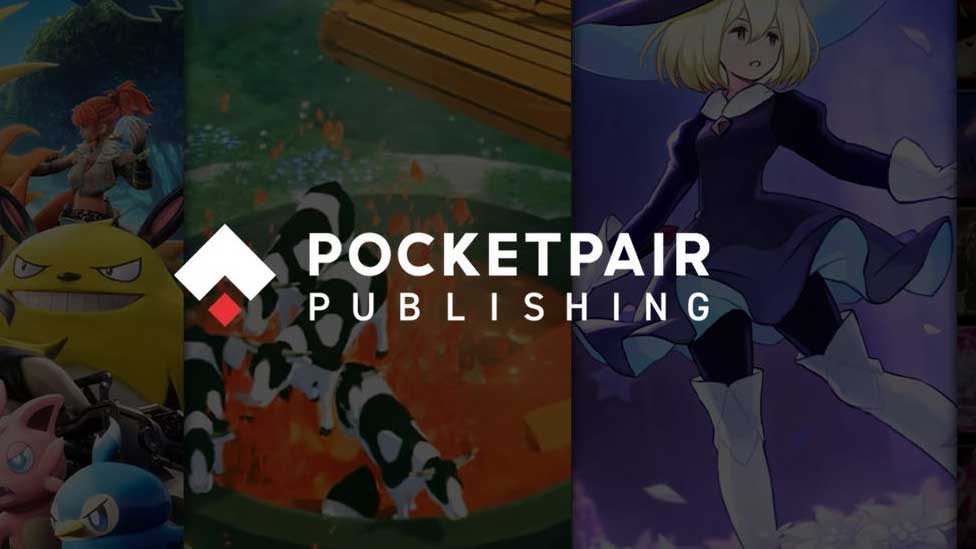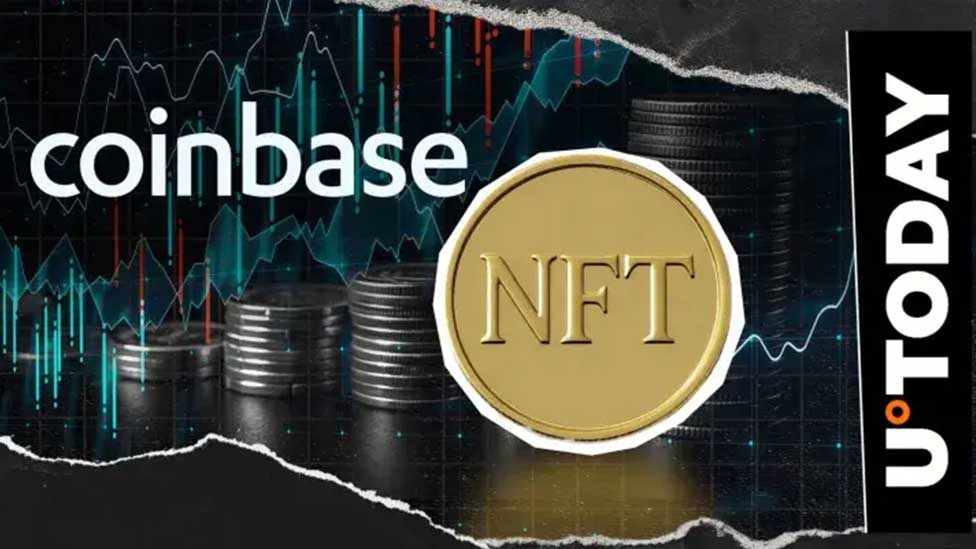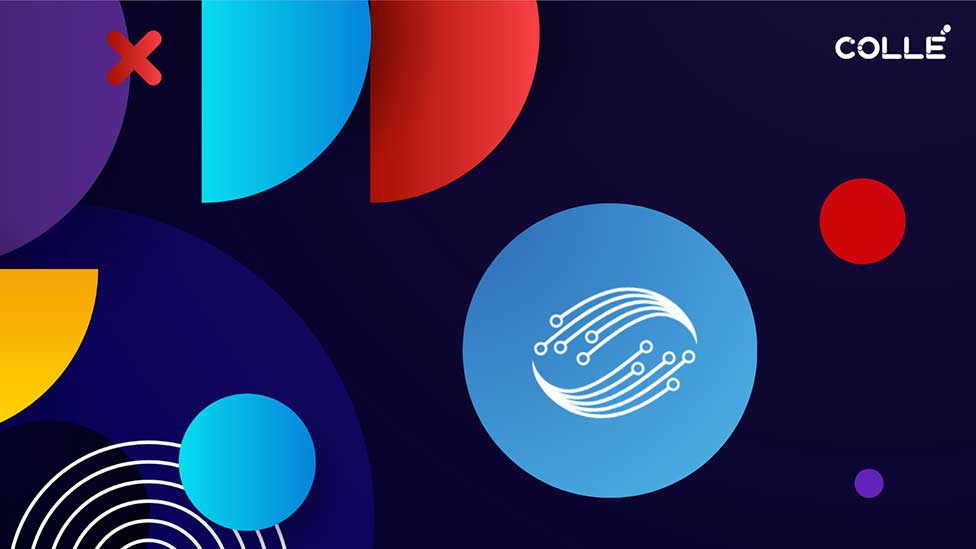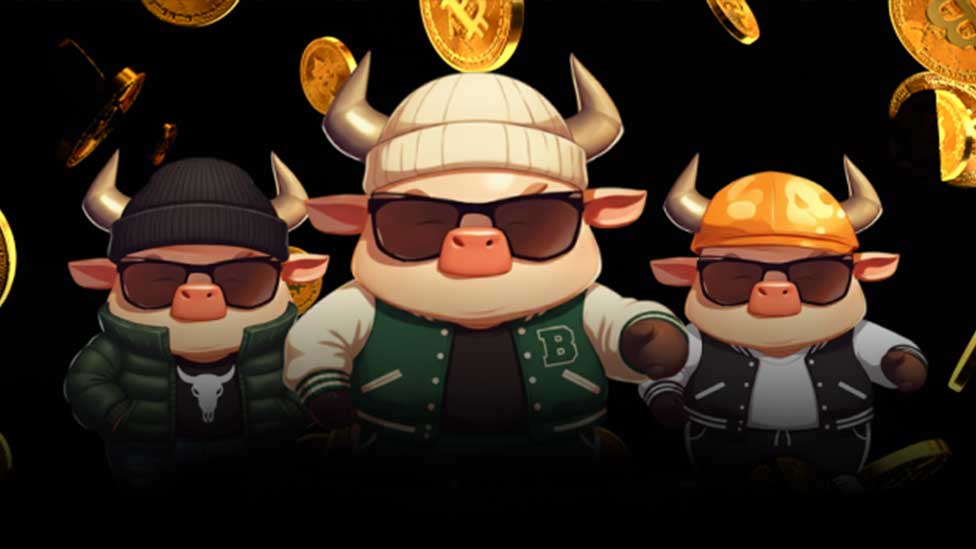The Middle Eastern art scene is currently experiencing a transformative period known as the Digital Revolution.
The Middle Eastern art scene is experiencing a substantial shift due to the emergence of Non-Fungible Tokens (NFTs). The utilization of blockchain technology has provided new opportunities for artists, collectors, and galleries in the region by enabling the verification of digital assets. The Middle East is becoming a significant participant in the global rise of NFTs, combining its cultural legacy with advanced technology.
The emergence and growing popularity of Non-Fungible Tokens (NFTs) in prominent urban centers in the Middle East.
NFTs embody a distinctive manifestation of digital possession, enabling artists to convert their creations into tokens and immediately vend them to collectors. Unlike conventional art forms, Non-Fungible Tokens (NFTs) are exclusively digital, residing on the blockchain and cannot be traded on an equal-value basis. The distinctiveness of NFTs is what renders them particularly attractive in the realm of art, as they provide a means to authenticate and establish ownership of digital art creations.
Dubai and Abu Dhabi, cities in the Middle East, are in the forefront of embracing NFTs. These cities have historically served as centers of culture, and their adoption of NFTs demonstrates a wider pattern of digital advancement in the area. Art Dubai, a highly esteemed art expo in the region, has included a specialized digital section just for NFTs. The relocation has drawn a wide range of artists and collectors, demonstrating the capacity of NFTs to transform the conventional art market.
Major contributors in the NFT ecosystem of the Middle East
Prominent individuals in the Middle Eastern art community are also significantly contributing to the increasing prominence of NFTs. Artists such as Kristel Bechara have achieved acclaim for their digital artworks, which are currently being marketed and sold as non-fungible tokens (NFTs). Bechara, renowned for her expressive and vibrant digital artworks, has utilized NFTs to broaden her viewership and ensure the genuineness of her creations. Her achievements have motivated other artists in the area to investigate the potentialities presented by this innovative medium.
Morrow Collective and ArtMa are leading galleries and platforms that curate and promote NFT art originating from the Middle East. These platforms equip artists with the necessary tools and expertise to manage the intricacies of blockchain technology, facilitating their ability to exhibit and market their work on a worldwide level. These galleries are facilitating the emergence of the Middle East as a frontrunner in the global NFT sector by combining traditional art with digital innovation.
Prospects and Obstacles for Non-Fungible Tokens (NFTs) in the Middle East
Nevertheless, the emergence of NFTs in the Middle East is not devoid of obstacles. Concerns have been expressed about the environmental impact of blockchain technology, namely on its energy consumption. Furthermore, the legal and regulatory frameworks pertaining to NFTs are now in the process of being established, resulting in difficulties for both artists and collectors. Although there are difficulties, NFTs provide significant prospects, serving as a fresh source of income for artists and a distinctive investment option for collectors. NFTs are positioned to have a significant impact on molding the future of the Middle Eastern art scene as it continues to develop.

